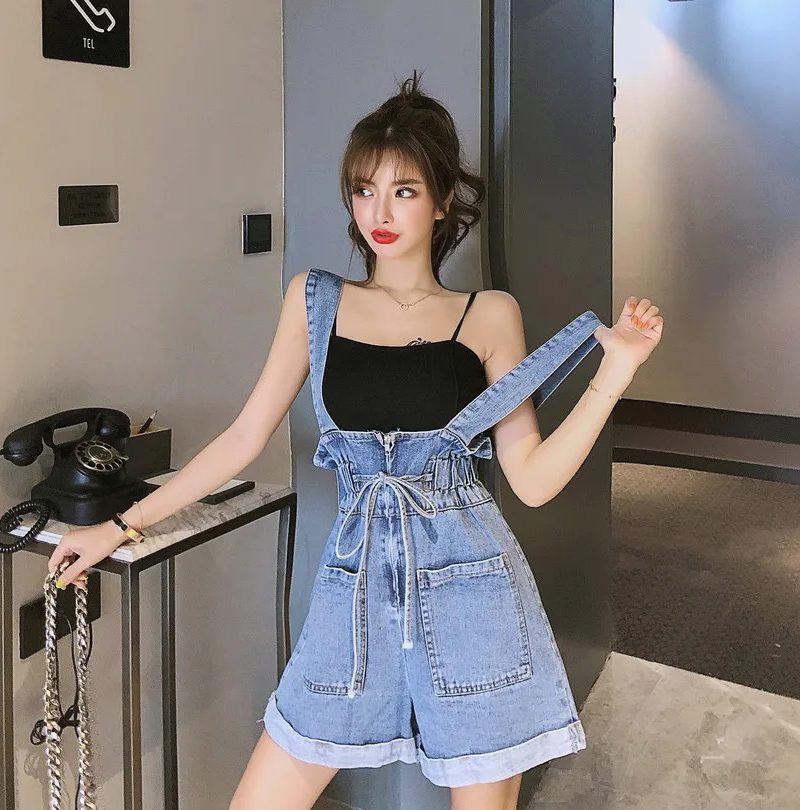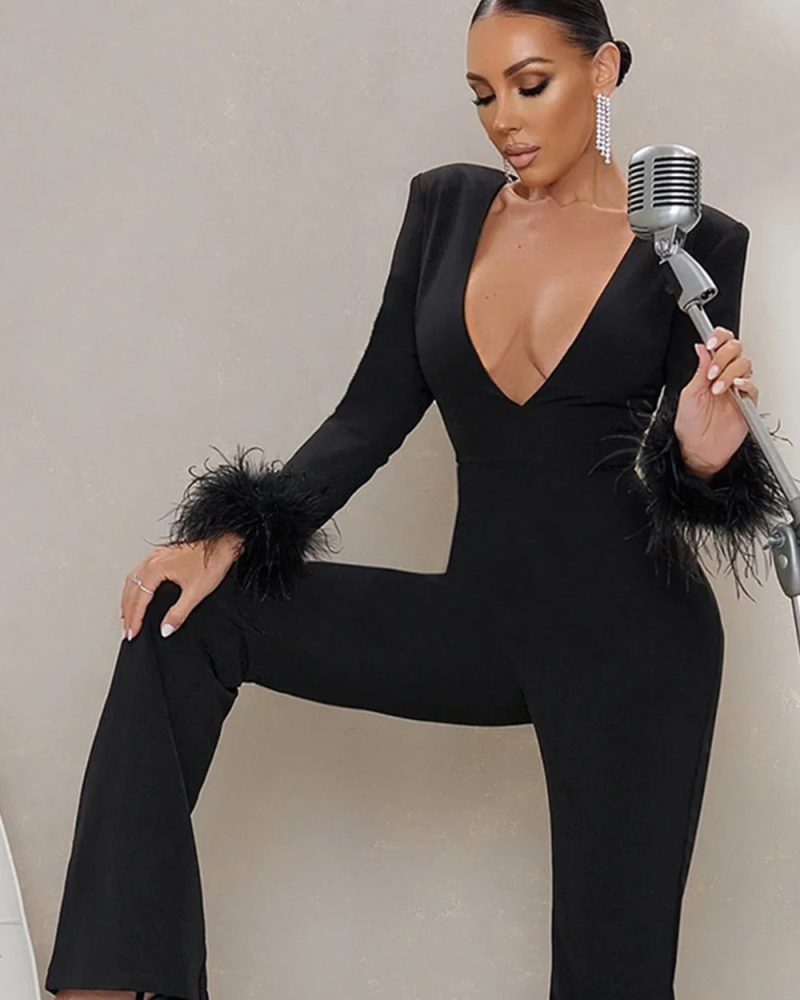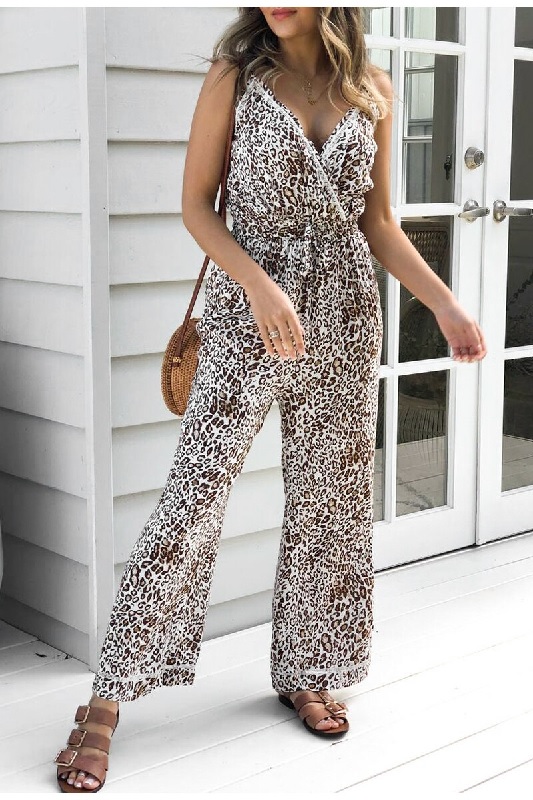
A Professional Guide to Women’s Christmas Dresses and Accessories
December 23, 2024
The Ultimate Guide to Women’s Tops and Skirts: Styles, Trends, and Accessories
December 24, 2024In the ever-evolving tapestry of fashion, few garments have traversed such a dynamic and diverse trajectory as the jumpsuit and romper. From utilitarian roots to high-fashion runways, these one-piece wonders have transcended mere functionality to become timeless symbols of style and versatility. As we delve into the rich history of jumpsuits and rompers, we uncover a narrative woven with innovation, cultural shifts, and the continuous reimagining of what fashion can signify.
Our journey begins in the early 20th century, where the first iterations of the jumpsuit were conceived not as fashion statements, but as practical attire for aviators and parachutists. These garments, designed for ease of movement and functionality, laid the groundwork for what would soon become a staple in both men’s and women’s wardrobes. As we navigate through the decades, we witness the transformation of the jumpsuit and romper from workwear essentials to symbols of rebellion and freedom during the countercultural movements of the 1960s and 1970s.
Throughout this exploration, we will examine the influence of iconic designers and cultural icons who propelled these garments into the fashion spotlight. From the glamorous interpretations of the disco era to the minimalist chic of modern-day streetwear, the jumpsuit and romper have continually adapted to reflect the zeitgeist of their times. Join us as we unravel the fascinating history of these versatile garments, tracing their journey from functional attire to fashion phenomenon, and discover how they continue to captivate and inspire new generations of fashion enthusiasts.
The Enduring Legacy of the Denim Jumpsuit
The historical trajectory of the denim jumpsuit underscores its remarkable adaptability and timeless appeal. From its utilitarian origins to its status as a fashion icon, the garment has continually evolved to reflect the changing needs and desires of society. Its journey through decades of cultural shifts and fashion trends highlights its unique ability to balance practicality with aesthetics.
In conclusion, the denim jumpsuit stands as a testament to the dynamic nature of fashion, a garment that has successfully navigated the complexities of cultural and social evolution. Its enduring legacy is a reflection of its versatility, resilience, and the profound impact it has made on the fashion landscape. As we look to the future, the denim jumpsuit will undoubtedly continue to inspire, adapting once again to meet the demands of new generations while honoring its rich historical heritage.
Velvet Jumpsuits
In the context of jumpsuits, velvet emerged as a fabric of choice much later. The jumpsuit itself, originally designed in the early 20th century as functional attire for parachuters and aviators, was a far cry from the luxurious garments made from velvet. However, as fashion evolved, designers began to experiment with materials, and velvet’s unique combination of softness and sheen made it a perfect candidate for the burgeoning jumpsuit styles of the 1970s and beyond. The fabric’s ability to drape elegantly and its adaptability to vibrant dyes made velvet jumpsuits an instant hit for those looking to make a statement.
Bridal Jumpsuits
In the realm of wedding fashion, the bridal jumpsuit has emerged as a daring yet sophisticated alternative to the traditional wedding gown. This modern twist on bridal attire caters to the contemporary bride who seeks both style and functionality. As weddings evolve into more personalized celebrations, so too does bridal fashion, with jumpsuits offering a unique blend of elegance and modernity. The bridal jumpsuit is not merely a fashion statement; it represents a shift in cultural attitudes towards marriage and individuality, offering brides the chance to stand out while still embracing timeless elegance.
Formal Occasion Jumpsuit
The world of fashion is perpetually evolving, with trends that cyclically revive and redefine themselves for contemporary tastes. Among such trends is the jumpsuit, a versatile piece that has transitioned from its utilitarian roots to a staple in high-fashion circles. Particularly notable is the formal occasion jumpsuit, which has emerged as a sophisticated alternative to traditional evening wear. This transformation is rooted in the garment’s adaptability and the fashion industry’s constant pursuit of innovation. The formal jumpsuit is now a symbol of modern elegance, offering a sleek and stylish option for those looking to make a statement.
V-neck Jumpsuits
Among the myriad of jumpsuit designs, the V-neck jumpsuit stands out for its timeless elegance and flattering silhouette. The V-neckline adds a touch of sophistication, elongating the neck and enhancing the wearer’s natural lines. This design is particularly popular for formal occasions, offering a chic alternative to traditional evening gowns. In addition to their aesthetic appeal, V-neck jumpsuits offer practical benefits, such as ease of wear and a polished look without the need for excessive layering. This makes them an ideal choice for busy professionals seeking a seamless transition from office to evening events. The combination of form and function ensures that V-neck jumpsuits remain a beloved option for fashion-forward individuals.
Conclusion
In tracing the historical evolution of jumpsuits and rompers, we have traversed a fascinating journey that underscores their transformation from functional workwear to iconic fashion statements. This evolution is a testament to the dynamic nature of fashion, reflecting broader societal shifts, technological advancements, and cultural influences. Initially, jumpsuits and rompers emerged out of necessity. Their utilitarian roots are firmly planted in the early 20th century when they served as practical garments for aviators, astronauts, and industrial workers. The simplicity and functionality of these garments were paramount, designed to provide ease of movement and protection. This era marked the inception of a garment that would later transcend its original purpose.

































